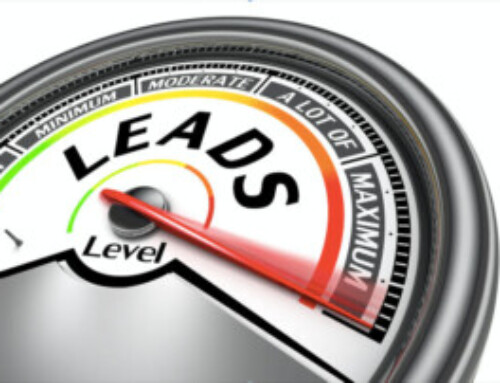In Jim Welsh’s June newsletter he offered the following synopsis of where we are heading in real estate. I hope that he is wrong, but nevertheless believe it valuable enough to republish his thoughts. He is offering his opinion based upon some pretty credible data sources. Be sure to read the entire report to understand why he feels that “The combination of higher unemployment and underemployment, along
with another round of mortgage resets will lead to another wave of foreclosures. This next wave will increasingly impact the mid to upper end of the price range.”
According to the Mortgage Bankers Association, 5.4 million of the countrys 45 million home loans were delinquent or in some stage of the foreclosure process as of March 31. This 12.1% rate is the highest rate ever recorded, and is up from 8.1% a year ago. In the last year, the share of loans in the foreclosure process rose to a record 3.85% from 2.47%, an increase of 56%. As noted in the April letter, the surge in job losses are working their way up the income ladder, with an increasing number of middle income and upper income workers being affected. This is pushing many of those who previously were considered prime credit risks over the edge. Prime borrowers comprise 65% of the $9.5 trillion in first mortgages.
According to the Mortgage Bankers Association, 6.06% were delinquent at the end of March, up from 5.06% at the end of 2008. For the first time ever, prime mortgages are the largest share of new foreclosures, after the prime foreclosure rate doubled in the last year. In July 2006, the non-profit Homeownership Preservation Foundation received 40 calls a day from distressed homeowners. Now, on an average day, they receive more than 6,000 calls. In the first quarter 71% of the callers were seeking help because they had lost overtime pay, taken a salary cut, or one spouse had lost their job. In the next six months, at least another one million workers will lose their jobs. The first phase of the housing crisis was centered on the lower end of home values because lending standards and down payments were virtually non-existent. Within months, many of these borrowers were unable to make their monthly mortgage, and far more fell behind once the rate adjusted upward. In the next two years there are $1.5 trillion of Alt-A and Option ARM mortgages resetting. The combination of higher unemployment and underemployment, along with another round of mortgage resets will lead to another wave of foreclosures. This next wave will increasingly impact the mid to upper end of the price range.
The availability of Jumbo mortgages is virtually nonexistent, and only at much higher rates. In recent months, foreclosure sales have represented 45% to 50% of total sales. This forced selling has caused home prices to fall 18.7% over the past year, according to the Case-Shiller home price index. As home prices fall below the outstanding mortgage balance by more than 5%, most stressed homeowners are unable to qualify for assistance or relief. In addition, mortgage rates have jumped 75 basis points in recent weeks, hurting refinancing activity and affordability. Although the low end of the housing market is near a bottom, the overall housing market is not. Continued weakness in housing will also undermine consumer spending in coming quarters.




